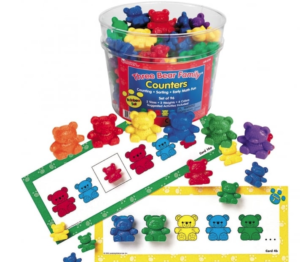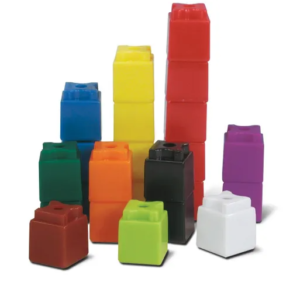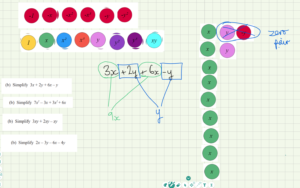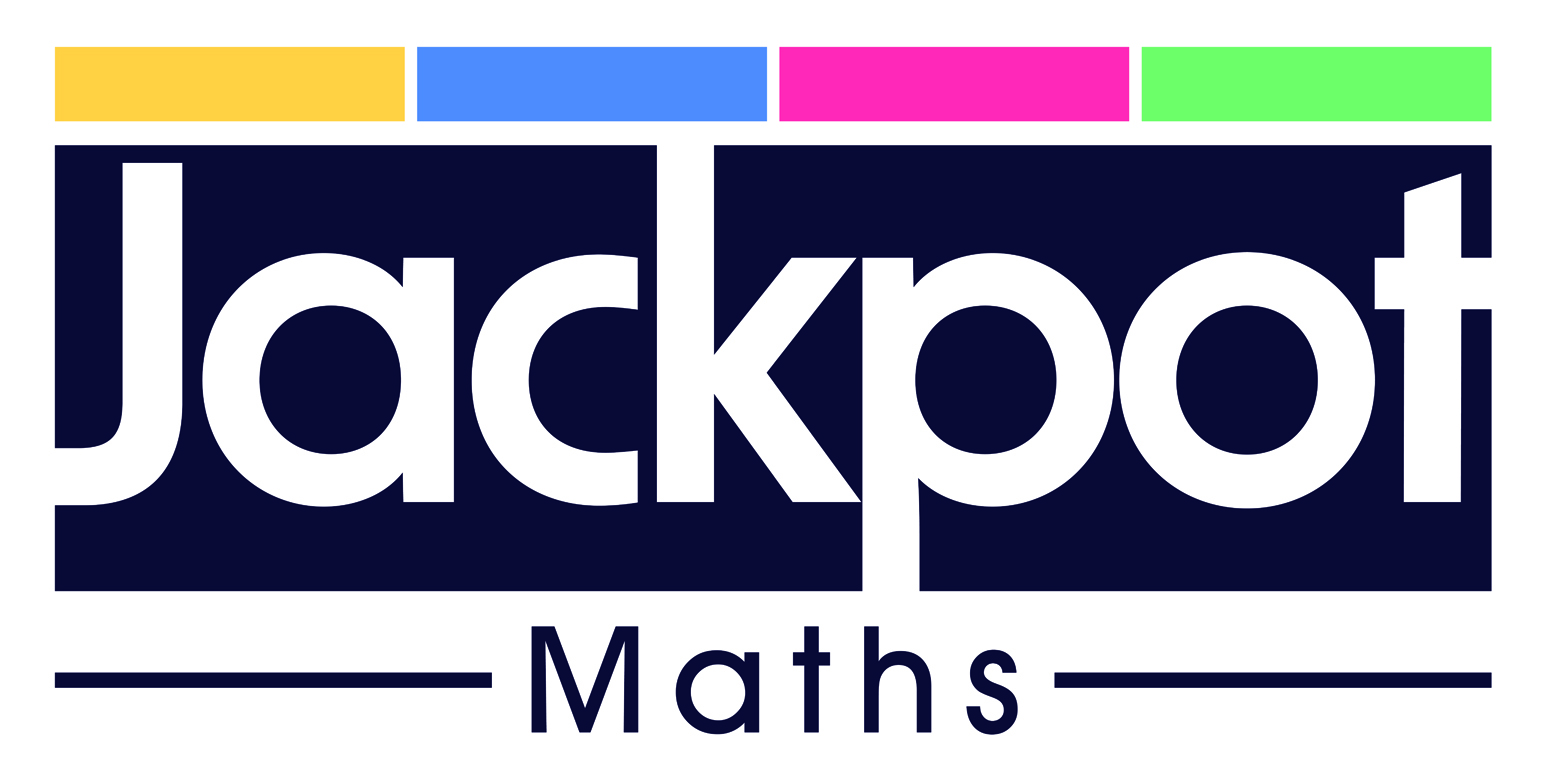True or false? Practical resources are only useful in EYFS or KS1. There is no need to use them with older children…

If you have been in my world for any length of time, you may already be aware that I most definitely disagree!
Get ready to throw out the notion that practical resources are only useful in the early stages of education! Let’s shake things up and discover how manipulatives can bring a whole new level of excitement to teaching mathematics to children of all ages.
Gone are the days when you thought manipulatives, such as unit blocks, Cuisenaire Rods, Base Ten (Diene’s Blocks), counters, and pattern blocks, were just for the Early Years Foundation Stage (EYFS) or Key Stage 1 (KS1). These hands-on and interactive tools can ignite a spark of mathematical thinking in children and make abstract concepts come to life.

Think about it, using manipulatives to represent units of measurement with blocks, Cuisenaire Rods, or Base Ten (Diene’s Blocks) can give children a tangible understanding of volume and area. And with double-sided counters, children can visualise the relationships between numbers and quantities while they learn addition and subtraction.







So, ditch the dry textbooks and worksheets and make maths fun again with practical resources!
Unleash the full potential of maths learning with manipulatives! These hands-on tools are not here to replace traditional teaching methods but to elevate the educational experience to new heights. Children can hone their problem-solving skills, spatial awareness, and mathematical reasoning with manipulatives.
Think of it as a journey…
- Start by introducing children to real objects, otherwise known as “concrete manipulatives.” These tangible resources allow kids to grasp mathematical concepts by touching and manipulating them.
- As their understanding grows, they can transition to pictorial representations, such as pictures of objects they previously used.
- Finally, they reach the abstract stage, where they can perform mathematical operations without physical or pictorial aids.
By taking this journey, children can build a solid foundation in mathematics that will serve them well in the future. So, let’s embrace manipulatives and watch as our children’s mathematical skills soar!
Why settle for a dull and boring maths class when you can ignite a spark of excitement with manipulatives? No, they’re not a substitute for traditional teaching methods but a complementary tool that can boost learning and understanding. Children can touch and manipulate mathematical concepts using practical resources, like unit blocks and pattern blocks, giving them a hands-on way to explore and discover.
Research has shown that moving too quickly from the concrete and pictorial stages to the abstract stage can lead to difficulties in understanding and a loss of confidence in solving mathematical problems.
That’s why taking a gradual and measured approach is crucial when transitioning kids to the next stage, allowing them to internalise mathematical concepts before moving forward.
The higher up in primary and secondary schools that concrete and pictorials are used, the happier and higher-attaining the pupils become.
Manipulatives also provide a way for children to grasp mathematical ideas that they may struggle to understand through verbal or written explanations. In fact, the latest research shows that the higher up in primary and secondary schools that concrete and pictorials are used, the happier and higher-attaining the pupils become. Many schools now base their lessons on schemes that focus on understanding and mastery, using manipulatives all the way up to GCSE level. Singapore Maths and White Rose Maths www.whiterosemaths.com do just this. Use Algebra Tiles and Algebra Discs to unlock algebra for older children.

Even if the child hasn’t been taught this way at school, incorporating manipulatives into lessons can still make a difference. They can be adapted to suit individual learning styles and create a more inclusive learning environment. Teachers can adjust the use of manipulatives to accommodate each child’s needs, making math class a fun and engaging experience.
Take a look at this article that was published by the Cambridge University project ‘nrich’ Manipulatives in the Primary Classroom https://nrich.maths.org/10461. Jenni Back wrote it many years ago, but it is still just as relevant.

One of my self-paced online courses, https://www.jackpotmaths.com/shop/introduction-to-using-manipulatives-to-teach-maths/ Introduction to using manipulatives to teach Maths will help you get to grips with using some of the better-known resources.
- The basic methods of utilising manipulatives, whether you teach face-to-face or online
- A whistle-stop tour of the most frequently used manipulatives and where to find them
- Pros and cons of using various manipulatives
- How to blend your delivery methods between face-to-face, on a camera, in an app, or pasted and tailored to your needs in BitPaper.
- A variety of manipulatives to teach at 3 different levels of mathematical concepts.
- Basic numbers sense, middle or higher level.
- So regardless of what age range you teach, there are suitable manipulatives to help bring maths to life and enable all children to learn.
The course combines pre-recorded videos, information, and tasks to help you understand how to implement the ideas.
In summary, the use of manipulatives in teaching mathematics can be a valuable tool for kids of all ages, enhancing their problem-solving skills, mathematical reasoning, and spatial awareness.
So, why not shake things up and make your maths teaching a little more interesting? Upskill yourself today!
#manipulatives #CPA #pictorial #abstract #concrete #whiterosemaths #EYFS #KS1 #KS2 #GCSE
